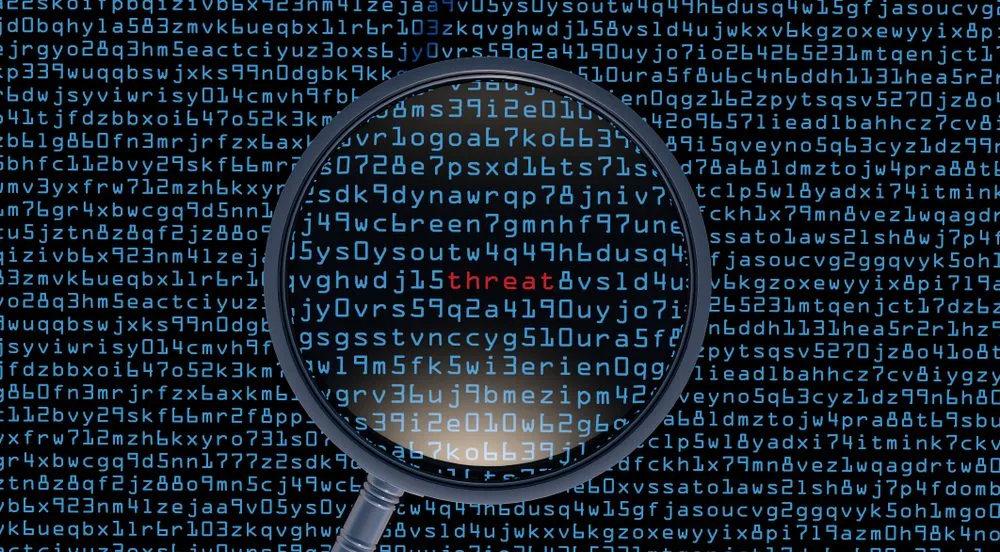Understanding the Crucial Role of Threat Intelligence (Threat Intel)

Introduction:
In today’s interconnected digital landscape, the constant evolution of cyber threats poses a significant challenge to individuals, businesses, and governments worldwide. As cybercriminals become more sophisticated, organizations must employ advanced strategies to protect their sensitive data and digital assets. One such strategy that has gained prominence is cybersecurity threat intelligence. This article explores the importance of threat intelligence in the realm of cybersecurity and how it plays a crucial role in fortifying defenses against cyber threats.
The Landscape of Cyber Threats:
Cyber threats have become increasingly diverse and sophisticated, ranging from traditional malware and phishing attacks to more advanced threats such as zero-day exploits and nation-state-sponsored cyber-espionage. As the attack surface expands with the proliferation of IoT devices, cloud services, and interconnected networks, organizations face a growing need to stay ahead of cyber adversaries.
What is Threat Intelligence?
Cybersecurity threat intelligence involves the collection, analysis, and dissemination of information about potential and current cyber threats. This intelligence helps organizations understand the tactics, techniques, and procedures (TTPs) employed by threat actors. By gaining insights into the motives and capabilities of adversaries, organizations can enhance their cybersecurity posture and preemptively defend against potential attacks.
Types of Cyber Threat Intelligence:
- Strategic Intelligence:
- Focuses on understanding the broader context of cyber threats.
- Involves geopolitical, economic, and cultural factors that may influence cyber activities.
- Enables organizations to anticipate long-term threats and adjust security strategies accordingly.
- Tactical Intelligence:
- Provides detailed insights into specific threats and vulnerabilities.
- Includes indicators of compromise (IoCs) and information on malware, tactics, and attack patterns.
- Aids in immediate threat detection and response.
- Operational Intelligence:
- Bridges the gap between strategic and tactical intelligence.
- Involves information on current threat landscapes and ongoing cyber campaigns.
- Assists in making informed decisions for daily cybersecurity operations.
The Role of Threat Intelligence in Cybersecurity:
- Proactive Defense:
- Threat intelligence enables organizations to anticipate and proactively defend against emerging threats.
- By understanding the tactics used by threat actors, organizations can implement preventive measures before an attack occurs.
- Incident Response:
- In the event of a security incident, threat intelligence facilitates a faster and more effective response.
- Incident response teams can leverage threat intelligence to identify the nature of an attack, contain it, and remediate affected systems.
- Risk Mitigation:
- Threat intelligence helps organizations assess and prioritize risks.
- By identifying vulnerabilities and potential targets, organizations can allocate resources strategically to address the most critical security concerns.
- Collaboration and Information Sharing:
- Threat intelligence encourages collaboration between organizations, industry sectors, and even nations.
- Sharing information about emerging threats helps create a more resilient cybersecurity ecosystem.
Conclusion:
In the ever-evolving landscape of cyber threats, cybersecurity threat intelligence emerges as a critical component for organizations seeking to defend their digital assets. By leveraging strategic, tactical, and operational intelligence, businesses can stay a step ahead of cyber adversaries, strengthen their security posture, and ultimately safeguard their sensitive information in an increasingly connected world. As the threat landscape continues to evolve, the integration of robust threat intelligence practices will be essential for organizations to navigate the complex challenges of cybersecurity.





